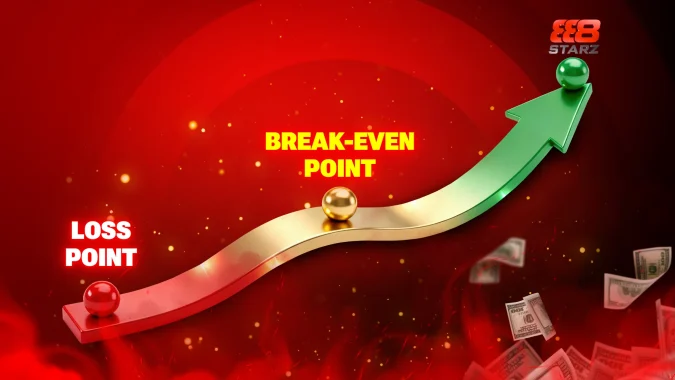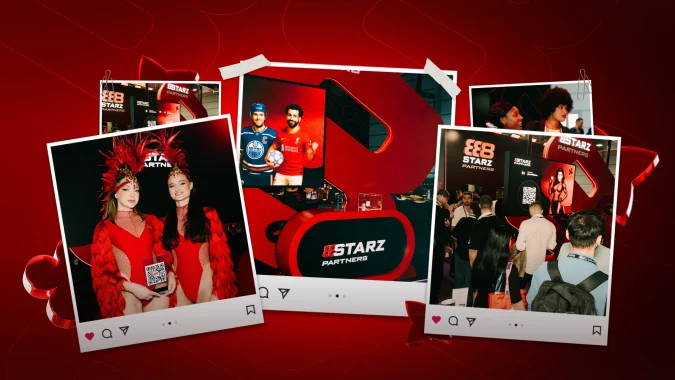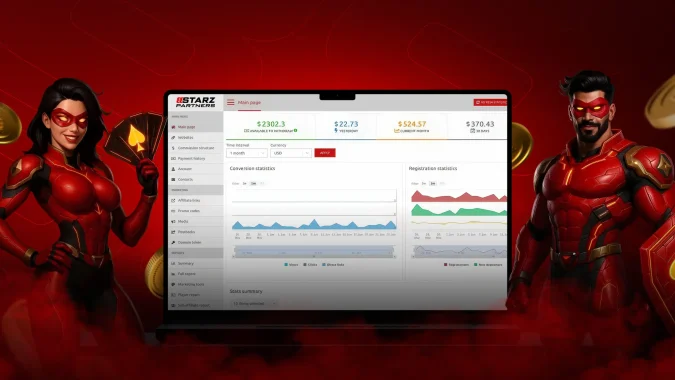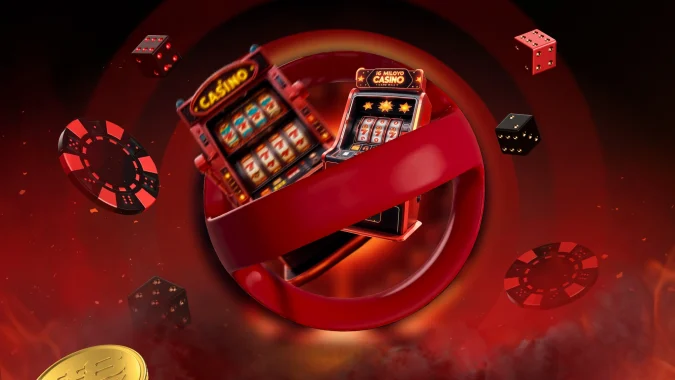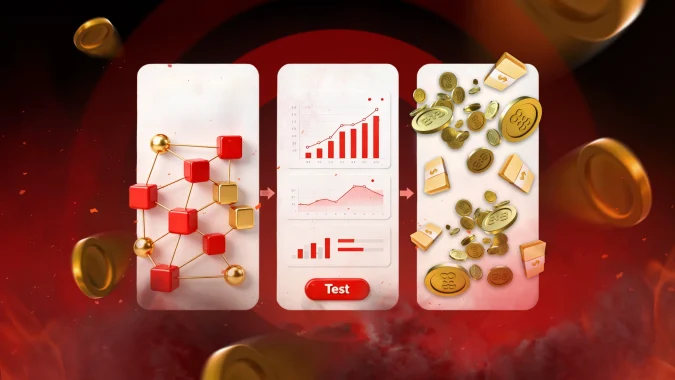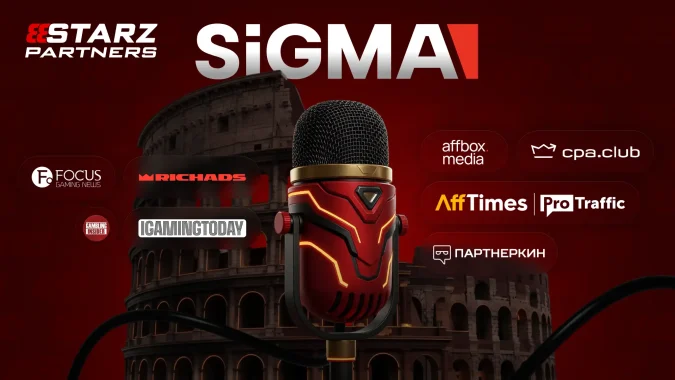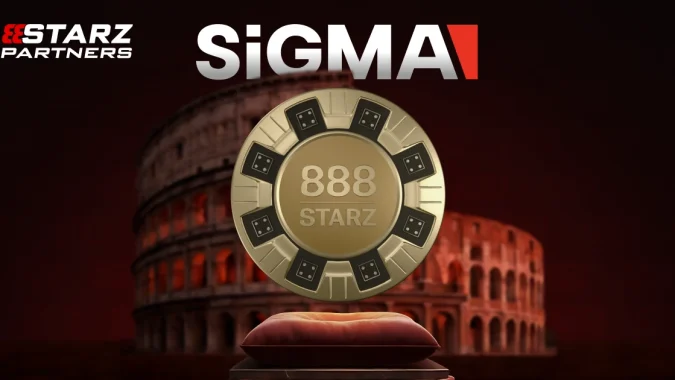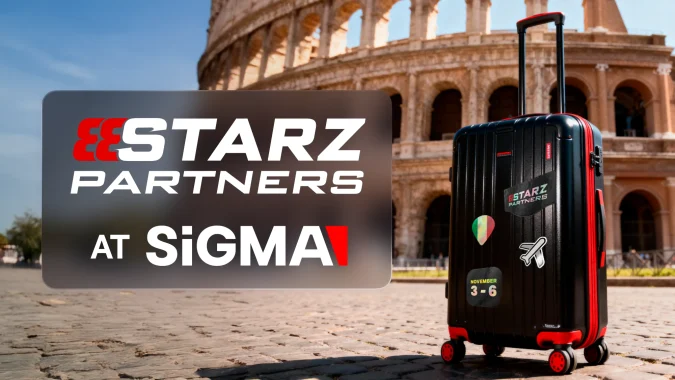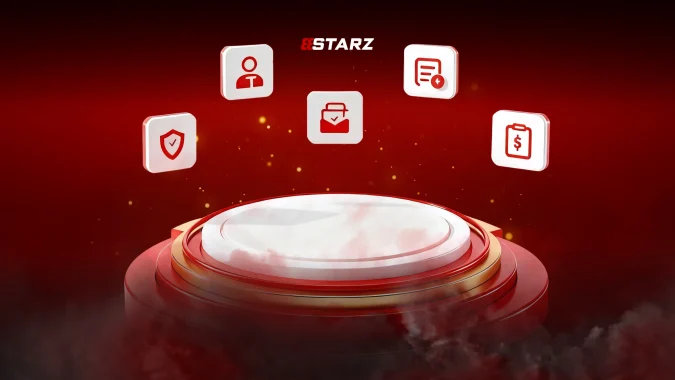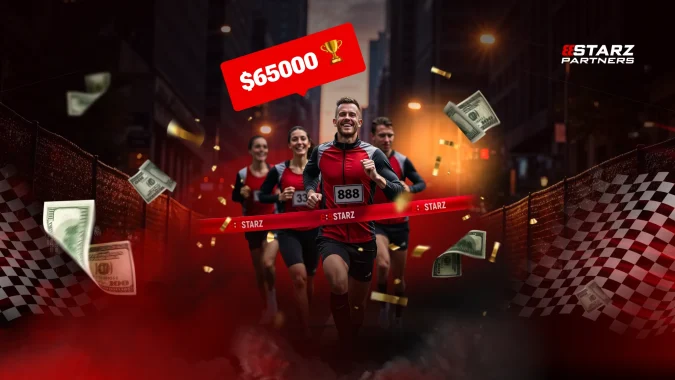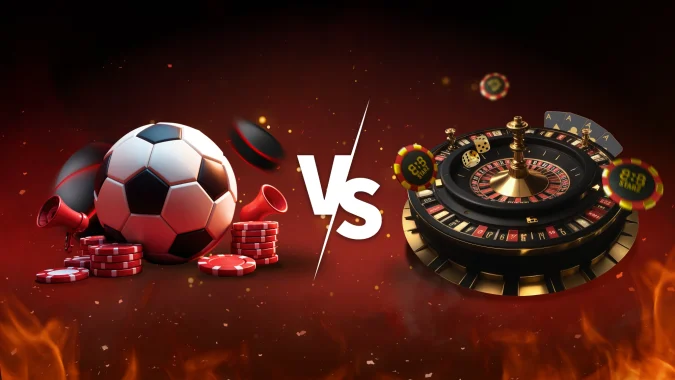Best Affiliate Marketing Creatives for iGaming: Recommendations & Examples

- Why Affiliate Marketing Creatives Matter
- Video vs. Images: A Comparative Look
- Static Creatives
- Dynamic Creatives
- Real and Semi-Real Video Ads
- The AIDA Model in Affiliate Marketing
- iGaming Classics: Time-Tested Ad Creatives That Will Convert
- Using Neural Networks for Making Creatives
- Deepfakes and Why You Should Be Cautious
- Spy Tools for Finding Top Creatives in iGaming
- Tips for Making Gambling Creatives Truly Unique
- Pre-landers and Landing Pages in iGaming: Why Creatives Only Isn’t Enough
- Conclusion
- Frequently Asked Questions
Simply finding a suitable image on Google or hastily slapping together a banner with a picture and text is often not enough for a converting and high-performing creative. But an overloaded visual with too many details can also backfire — users might just scroll right past it. So where’s the sweet spot? What is the role of affiliate marketing creatives, and how should they be used correctly?In this guide, 888STARZ Partners tears apart the myths, shows you high-converting iGaming ad examples, and gives you the playbook to turn creatives into profit.
Why Affiliate Marketing Creatives Matter
A creative serves one essential purpose: visualizing the offer and grabbing attention. A truly successful ad creative sparks emotion and turns an ordinary viewer into a lead — that is, a potential customer ready to take action. That’s why in any affiliate funnel, a creative isn’t just an add-on — it’s one of the key components.
What are creatives in marketing? It is any advertising material the user sees. It can be a banner with a short message, an image, or a video clip.
Although the term “creative” comes from the English word and literally means something artistic, in affiliate marketing it doesn’t have to be aesthetic or artistic at all. What matters is that it does the job: it should match the specific offer, suit the target GEO, and comply with ad network requirements.
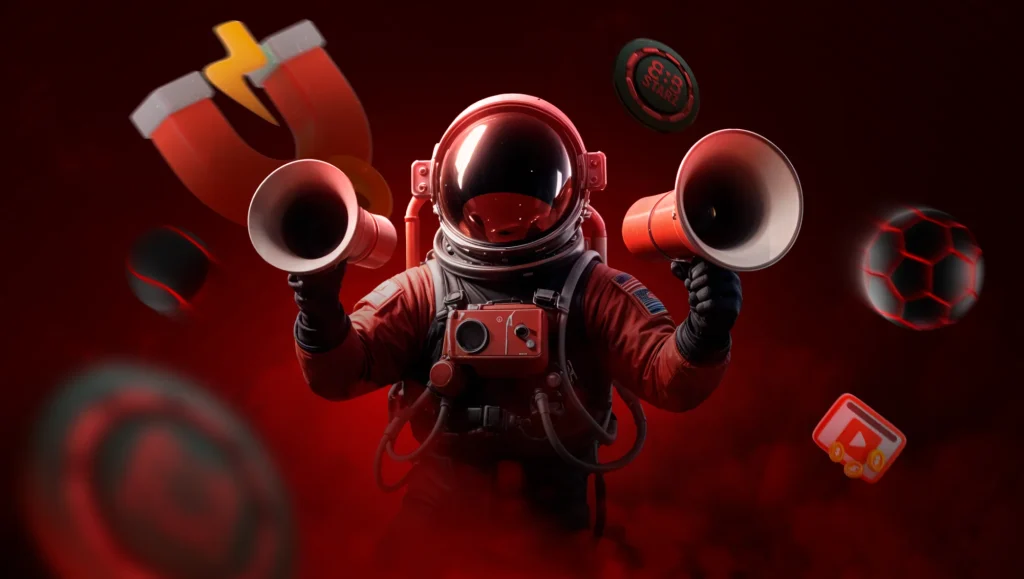
A strong creative can capture a player’s attention through the following elements:
- A clear, convincing message that resonates with the user;
- High-quality, unique visuals tailored to the targeting Tier;
- Bright colors that help it stand out from the competition;
- Mobile-friendly formatting for Android and iOS;
- Trigger phrases that push the user to act immediately.
Video vs. Images: A Comparative Look
In general, ads creatives in affiliate marketing fall into two main categories: static and dynamic. Though text-based ads (like push notifications and email campaigns) can also be considered part of the mix.
Static Creatives
This format is the most accessible on the market. Even a beginner can create a banner, but it’s important to remember: the fewer the details, the stronger the focus on the core message. That’s why simple images without visual clutter tend to perform best. This is especially true for platforms like Facebook, Instagram, or Pinterest. Focus on the product or offer, and your chances of catching the user’s eye grow exponentially.
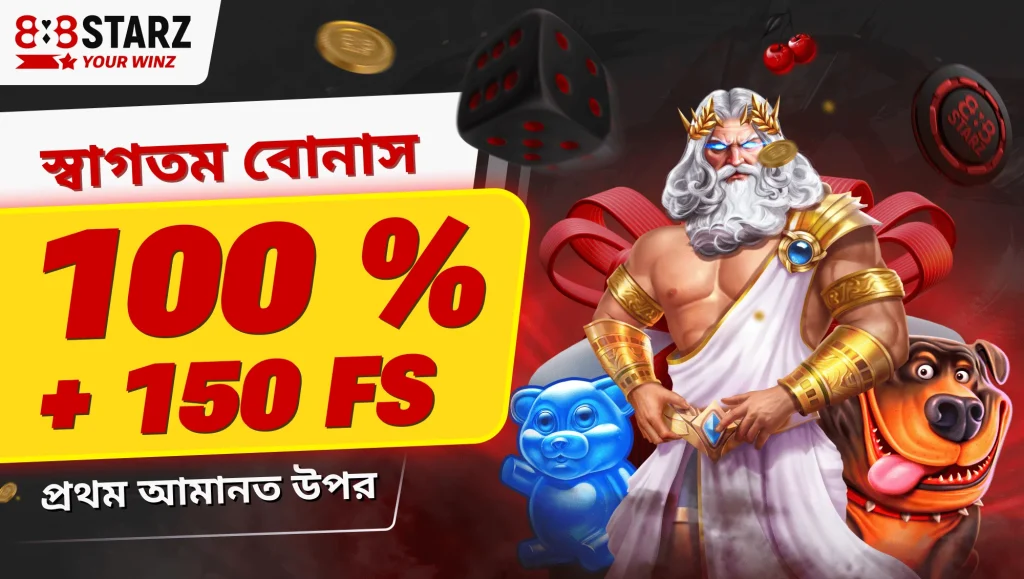
Dynamic Creatives
Here we’re talking about videos or animations. These require some skills in graphic and video editing, so such tasks are usually handled by designers or AI services. This approach allows for custom video content tailored to specific formats — whether it’s TikTok, Instagram Reels, YouTube Shorts, or even pre-roll ads. In these channels, short videos generally perform the best.
If you’re working with a tight budget and can’t afford much experimentation, images and banners are a great choice. Their biggest advantage is low production cost, which makes them ideal when launching campaigns with limited funds.
Video creatives in the gambling niche can attract more attention to an offer and significantly boost click-through rates (CTR). Some studies suggest that video ads receive 20% more clicks than image ads. That said, results always depend on how the ad campaign is set up — particularly, your targeting.
The better you define the campaign objective, the more profit you can expect — regardless of the creative format. Of course, there are certain verticals where video ads convert noticeably better. But in most cases, the difference is minimal, meaning you can save money when promoting iGaming marketing campaigns.
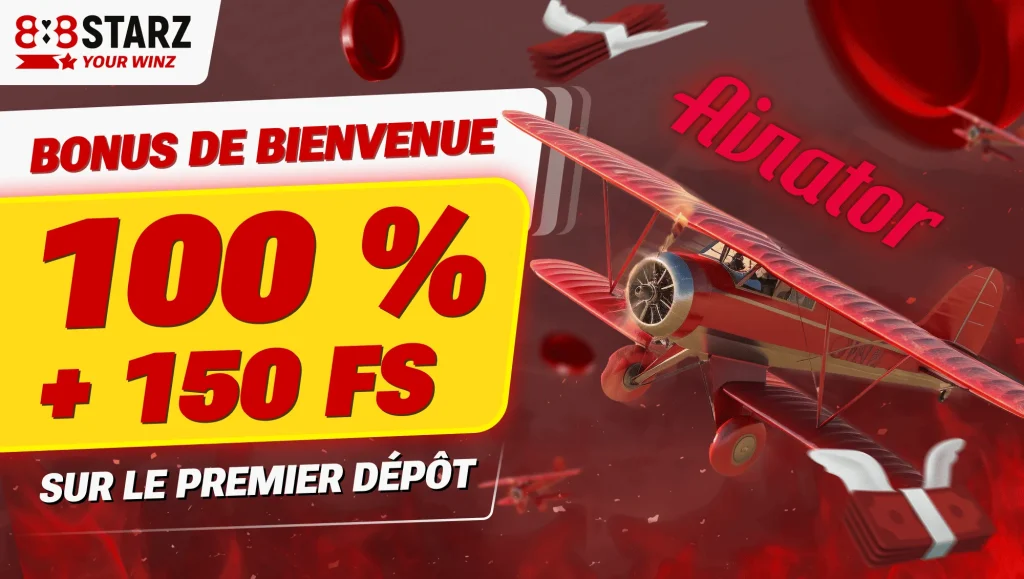
Real and Semi-Real Video Ads
If you’ve decided to go with video creatives, there’s one key truth you need to know: nothing convinces a user that a casino can make them rich quite like a video showing someone winning big with a tiny bet. But creating this kind of content isn’t easy — you’ll need to capture gameplay, hire an actor, find a suitable location, shoot, and edit the whole thing. Or… you can let AI do the heavy lifting.
The downside? Realistic gambling videos can be expensive to produce. That’s why it’s crucial to do the math ahead of time: can you achieve a positive ROI within your budget, or is there a risk it won’t pay off? One video might flop — meaning you’ll need to test and iterate until you find the version that converts.
A more budget-friendly alternative is the semi-real video format. For example, you can open with a real person talking about their recent win, followed by gameplay footage — not from an actual phone or laptop screen, but using pre-recorded stock clips inserted directly into the edit. These types of creatives cost much less to produce and are great for testing if your main goal is getting a solid ROI.
Pro tip: Spend $20 on ChatGPT, generate dozens of creative concepts, and test them using Sora. This lets you quickly identify the top-performing visual angles and build high-converting ad funnels faster.
The AIDA Model in Affiliate Marketing

One of the most effective engagement models in affiliate marketing is AIDA: Attention, Interest, Desire, Action. It’s essentially a step-by-step framework every media buyer should follow when creating ad creatives for gambling:
- Attention — grab the viewer’s eye:
Use color, motion, or something provocative. For example, in dating ads, this might be an attractive woman, and in gambling — bets, big wins, or happy people usually do the most. - Interest — spark curiosity:
Use intrigue, pain points, direct language, or a bold headline to keep the viewer engaged. - Desire — create a need:
Show how the offer solves a problem, makes life easier, or offers some sort of gain. - Action — the final push:
A strong CTA determines whether the viewer is warmed up enough to take the desired action — registering, making a deposit, placing a bet, and so on.
Keep in mind: even the most polished creative doesn’t guarantee traffic or conversions. Sometimes, an old, proven banner that’s been running for months can outperform a fresh concept. It’s all about the right combination of elements — the so-called “win-win approach”. But don’t get too comfortable. When users start seeing the same ad for the hundredth time, it loses its punch — or worse, it starts to annoy.
That’s why it’s crucial to go beyond aesthetics and aim straight at your target audience’s mindset. Understand what they want, what they fear, what they’re chasing — then present your offer as the solution or the thing they didn’t know they needed. A poorly crafted creative, even with a strong campaign strategy, can sink performance: no click, no conversion, no profit.
Remember: Every creative is a marketing tool. All the principles that work in traditional advertising apply here as well. The key is to design eye-catching creatives and follow the AIDA model.
iGaming Classics: Time-Tested Ad Creatives That Will Convert
The bulk of iGaming ads still rely on tried-and-true creative formats. And for good reason — they’ve been tested over time and consistently deliver strong conversion rates. But there’s a downside: because these formats are so widely used, it can be tough to stand out and carve out your own traffic.
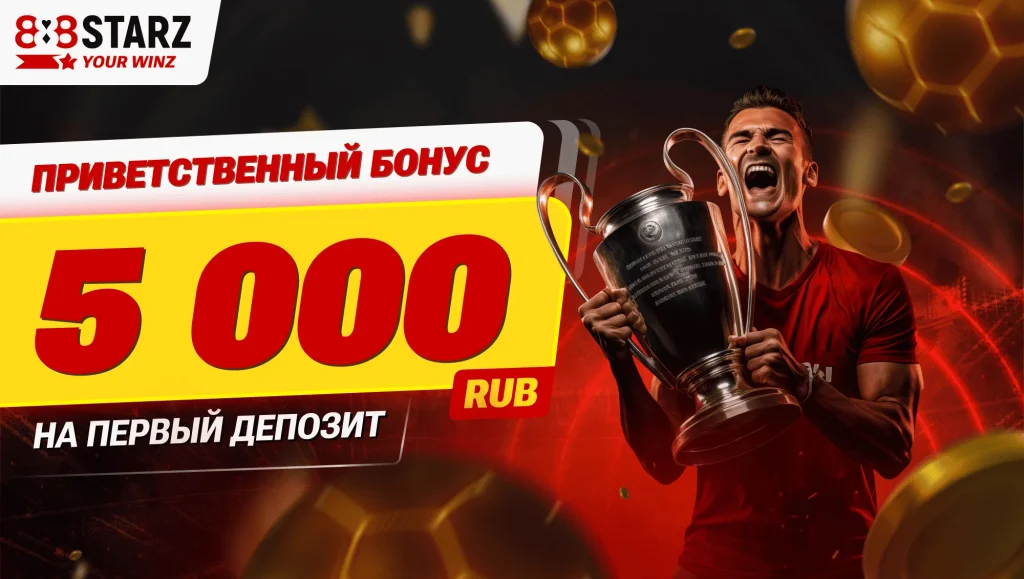
In gambling, “classic creatives” typically show gameplay elements — sports betting interfaces, slot spins, player reactions, big wins, and so on. It’s a familiar formula that works. The rest comes down to your imagination and budget.
Another proven method is showcasing the casino’s interface and game library. This appeals to both new users and experienced players — who often recognize familiar slots and are quicker to deposit.
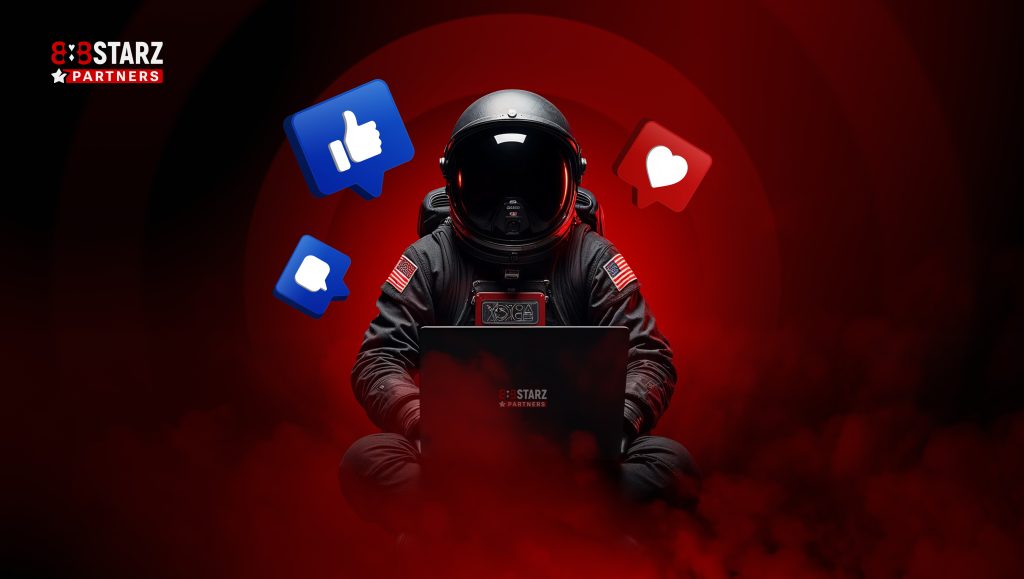
It’s important to remember that the type of creative you use should match the ad format. Classics don’t always work across the board. For example, if you’re running push or pop-up traffic, it’s better to focus on:
- Attractive offers;
- Bonuses and free spins;
- Big wins.
In these formats, complex storylines or celebrity appearances are less effective — users just want to see “what’s in it for me” with minimal effort.
Also, make sure to adapt your creatives to the target GEO: localize the text, use the local language, and feature games or sports relevant to the region. For instance, football works great in Brazil, while cricket and Teen Patti perform well for Indian market. This kind of personalization can significantly boost your conversion rates.
Using Neural Networks for Making Creatives

AI tools can already analyze user behavior, follow trends, and quickly deliver ready-to-use results. This allows you to launch ad campaigns faster, test hypotheses more efficiently, and save resources. However, it’s crucial to understand next: high-quality creatives from AI only come when you give it the right prompt. Otherwise, you’ll just end up with a pretty but useless image — nice to look at, but with no real purpose.
To get effective creatives for gambling or betting, you need to craft well-thought-out prompts. The better the prompt, the more accurately the AI can match your target audience, offer, and GEO.
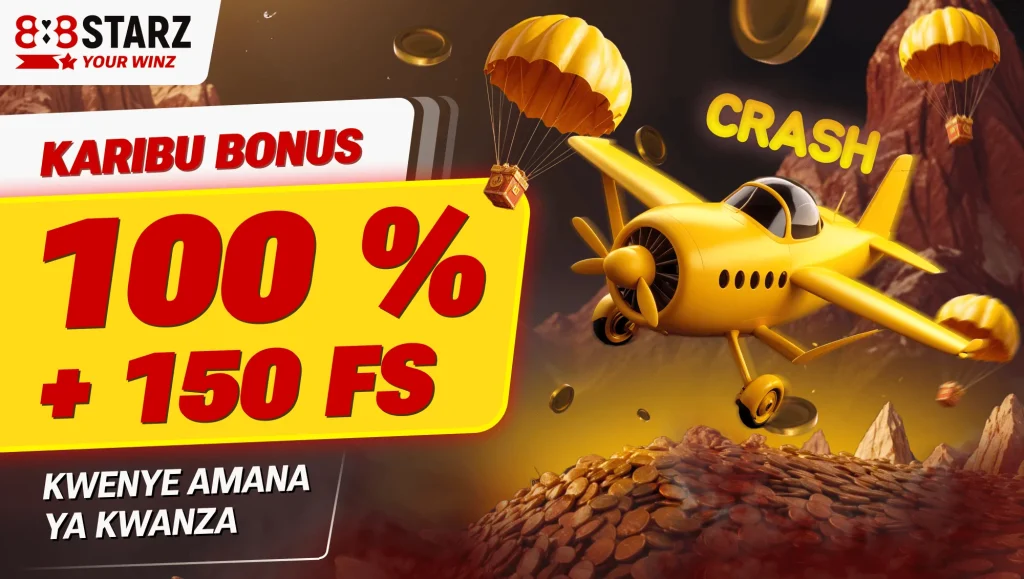
What to include in a creative prompt:
- Clearly define the target audience (age, gender, interests);
- Specify the theme (slots, sports betting, poker, etc.);
- Include details about the offer (bonuses, free spins, big wins);
- Consider region-specific elements (currency, popular games, local sports);
- Describe the mood of the scene (thrill, joy of winning, tension while betting);
- Choose the style (realistic, animated, minimalist).
Example of a simple but effective MidJourney prompt:
“Young man winning big at online casino, colorful slot machine in the background, joyful expression, dollar signs, smartphone in hand, vibrant colors, realistic style, for Tier 2 audience“.
Prompt for a cricket betting creative in India:
“Excited young Indian man celebrating a cricket win, holding a smartphone, stadium in the background, colorful clothes, bright atmosphere, realistic style, for betting offer”.
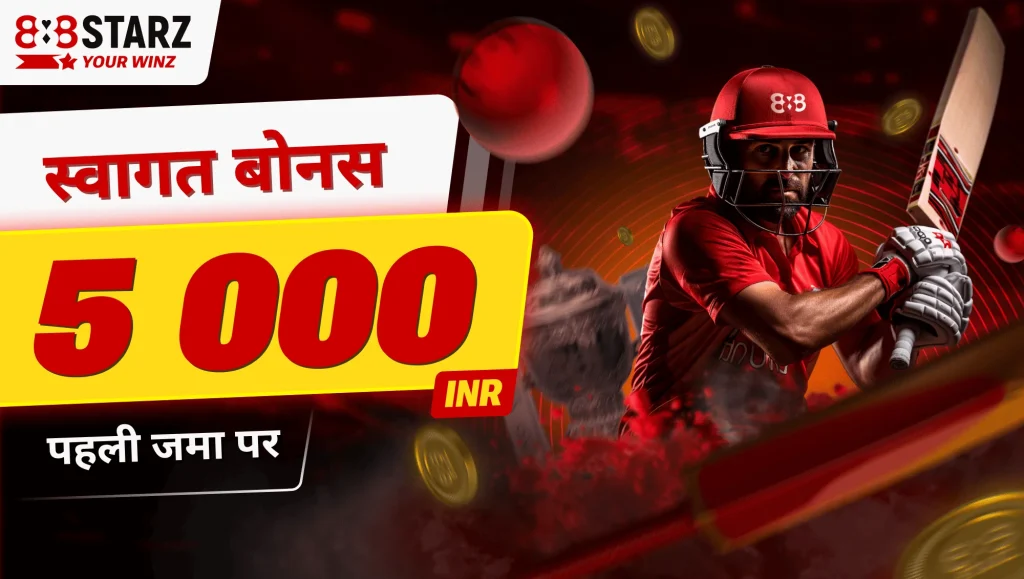
Without a clear prompt, the AI will “guess” what you want — and most of the time, do it wrong. The more specific your input, the better your output will be. AI is a powerful tool in affiliate marketing — but only in the hands of someone who knows exactly what they want to achieve.
Additional tip: You can generate an image with AI, then add voiceover (even mimicking a celebrity) using speech synthesis tools. It’s fast, budget-friendly, and looks professional.
Deepfakes and Why You Should Be Cautious
Many affiliates are now actively using AI to create deepfakes — videos generated by algorithms that replicate the face, voice, and expressions of real people, often celebrities. These videos make it appear as though someone is endorsing a product or service they have nothing to do with. In the iGaming vertical, such strategy can be surprisingly effective. Imagine using a fake Ronaldo to promote a little-known casino in Portugal — that’s a recipe for high conversion and a profitable campaign.
But while deepfakes can look impressive and deliver short-term results, they come with serious legal risks. And real-world cases are already emerging.
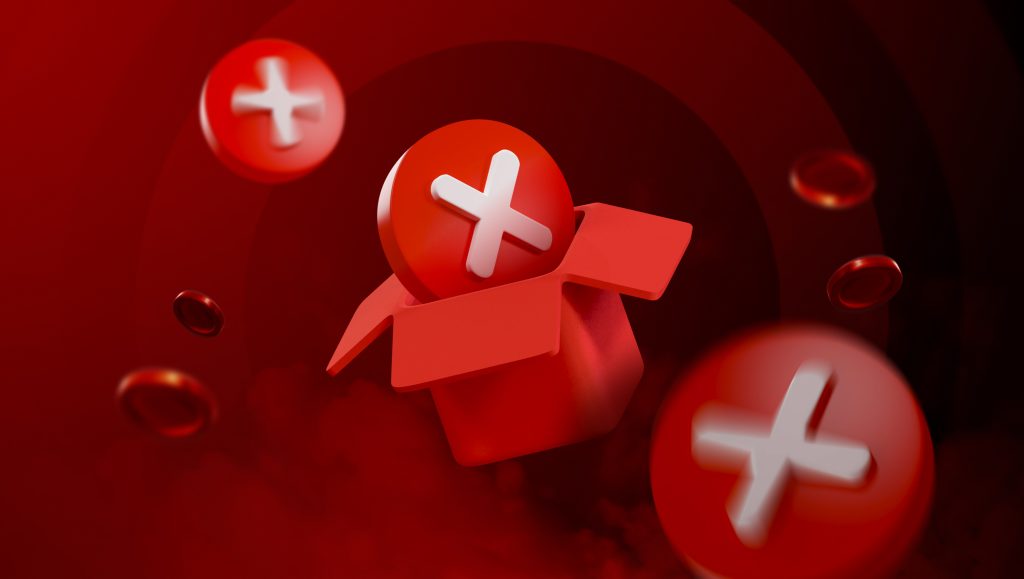
In Italy, a class-action lawsuit was filed against Meta in 2024 for using deepfaked versions of celebrities to promote gambling without their consent. In Bangladesh, also in 2024, videos appeared showing Nobel Peace Prize winner Muhammad Yunus seemingly endorsing online gambling — despite a strict ban by the country’s High Court. The videos were spread via Facebook and even used fake news logos to boost credibility.
In January 2025, the Philippine Amusement and Gaming Corporation (PAGCOR) issued a warning about a deepfake video promoting a fake gambling platform. The footage misused the likenesses of TV anchor Karen Davila and Pragmatic Play’s COO Irina Cornides, sparking serious concerns over how AI is being abused to spread misinformation.
These aren’t isolated cases — they’re becoming more common. That’s why using deepfakes in gambling creatives is a ticking time bomb, especially if you’re serious about running long-term campaigns.
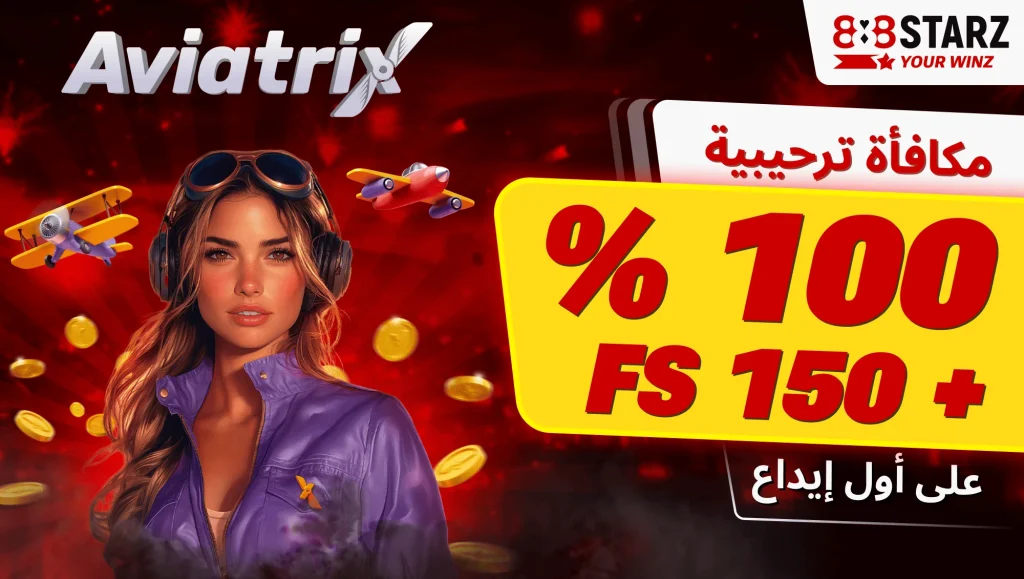
It’s also worth noting that you don’t even need to fake anything. Many gambling brands already work with real influencers and celebrities as official ambassadors or team sponsors. If you feature an ambassador they’ve already partnered with, you’re staying within the rules, boosting credibility, and most importantly — avoiding bans and lawsuits.
Spy Tools for Finding Top Creatives in iGaming
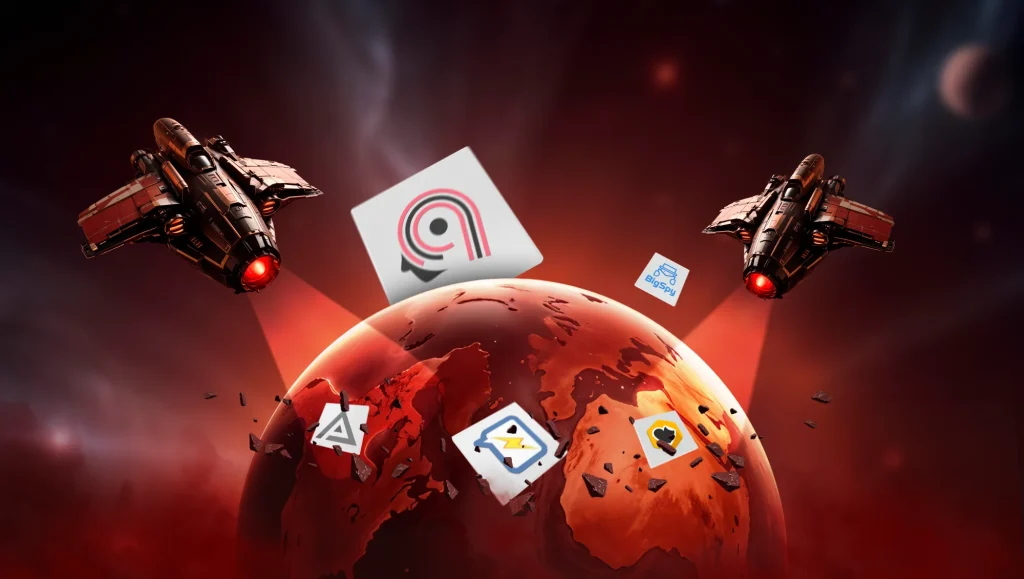
Spy tools are among the most valuable resources for affiliates looking for inspiration in affiliate marketing. They offer a convenient way to monitor what’s working for your competitors: what ad creatives are converting, which offers are being promoted, what GEOs they are targeting, and so on. In the iGaming marketing vertical, where creatives often rely on big wins, juicy bonuses, and emotional hooks, spy services help you skip the guesswork and see what’s actually converting.
However, there are some downsides to be aware of. First, spy data isn’t always fresh — by the time you find a promising creative and adapt it, the market might have already shifted. Second, popular ads creatives attract heavy competition — if you see a good one, chances are hundreds of affiliates are already running it. Blindly copying what’s trending isn’t the best strategy. A smarter approach is to borrow the mechanics and rework the visuals and messaging to match your offer and audience.
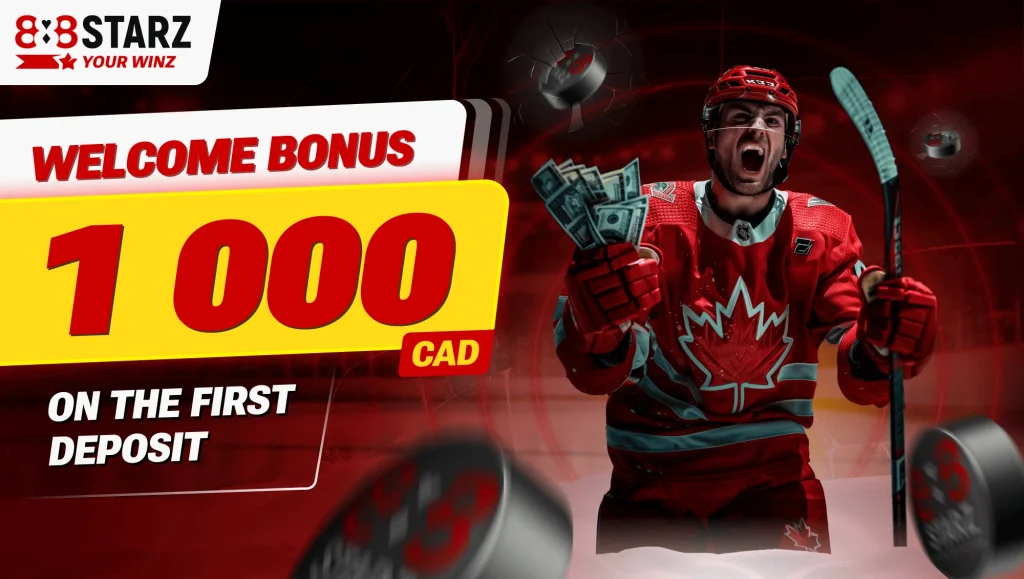
Pros:
- Quick access to ideas and trends;
- Saves time on testing;
- Lets you adapt proven strategies to your own offer.
Cons:
- High competition on viral creatives;
- Risk of working with outdated angles;
- Requires customization — simple copy-paste rarely delivers profit.
That last point is especially important, so let’s take a closer look.
Tips for Making Gambling Creatives Truly Unique
There’s no shortage of inspiration for iGaming ads: social media, stock platforms, Pinterest, niche websites, and more. But finding a truly unique visual is no easy task, especially when every offer needs a fresh creative. That’s why affiliates often look to competitors for ideas — using stock assets or spy tools to reverse-engineer what works.
But here’s the catch: any reused or downloaded visual can easily get flagged by ad moderation systems. To avoid bans and rejected ads, you need to make your ad creatives genuinely unique — even if the idea is borrowed. That’s where creative customization comes into play.
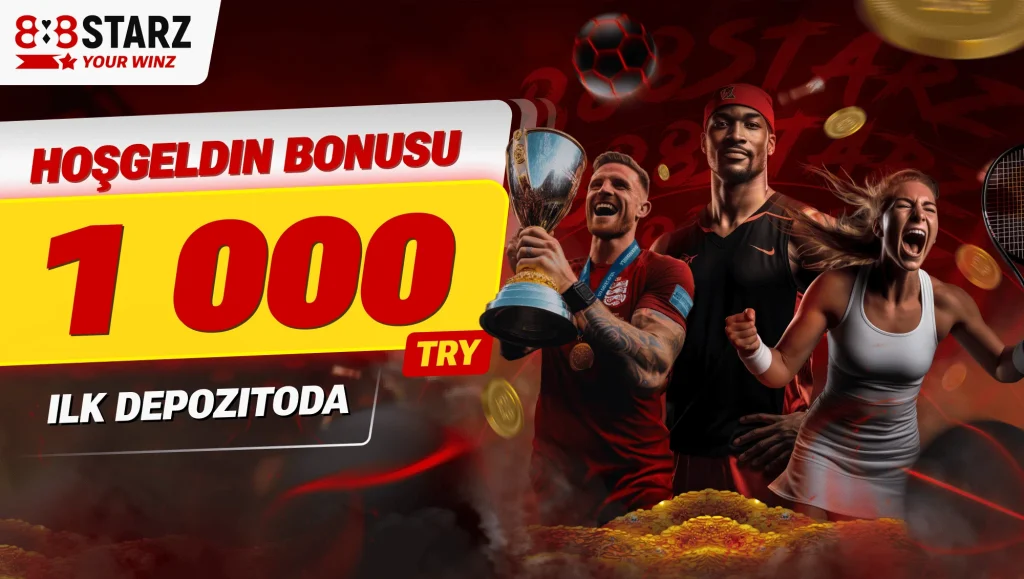
There are plenty of tools, including free ones, that help you make your gambling creatives more original — whether you’re working with banners, video ads, or even GIFs. Most use AI to alter the material enough to pass moderation filters. If your only goal is to get past basic checks, this might be all you need.
But for larger-scale or more serious campaigns, you’ll want to invest in custom design work. Hiring a freelancer to create unique marketing creatives tailored to your offer can seriously boost your results — and avoid moderation issues altogether.

Another smart move is reaching out directly to the advertiser. Many are happy to share exclusive, high-converting creatives — especially for new products where they’re eager to bring in traffic fast. For example, at 888STARZ Partners, we fully support this approach and are always ready to provide affiliates with fresh creatives tailored to a variety of iGaming offers.
Since we’ve touched on the topic, let’s go over some quick, proven methods for making your gambling images stand out and avoid moderation issues. The best part? Most of these can be done manually and for free:
- Compress the image. Slightly reduce the quality by around 10%. It won’t affect the visual much, but the file will register as different to algorithms.
- Work in reverse. Use a high-resolution image and apply a light blur (1-5%) — still sharp for the user, but not for detection bots.
- Convert the format. Switch from JPG to PNG or vice versa using any editor.
- Tweak the contrast or add filters. A slight contrast adjustment or a sticker / emoji overlay makes the image technically different.
- Mirror, rotate, recolor, or crop it. One change might not be enough, but a few in combination often does the trick.
- Make it animated. Use a basic editor to turn a static image into a GIF. The user won’t notice, but the platform will see a new asset.
- Strip or rewrite metadata. Remove original EXIF data and add your own — such approach can prevent detection of the source image.
What doesn’t work:
- Simply adding a watermark;
- Renaming the file.
Now, if you’re baiting users with flashy promises and “guaranteed wins”, you might get clicks — but getting actual deposits or purchases? That’s unlikely. Worse yet, deceptive ads can lead to lost trust, bans from affiliate networks, or even withheld payouts. Not worth the risk.
Pro tip: If you’re working with a well-known brand (and it’s compliant with CPA network rules), using their logos can boost trust. But always check with the advertiser first — many don’t allow affiliate traffic under their name.
Pre-landers and Landing Pages in iGaming: Why Creatives Only Isn’t Enough

A high-converting creative is just the beginning. Even the strongest banner or video won’t perform if the user lands on a weak pre-lander or poorly optimized landing page. Once the click happens, your job is to hold attention, reinforce the creative’s promise, and guide the user smoothly toward registration.
So what a pre-lander does:
- Continues the emotional hook or narrative from the ad;
- Reveals more details about the offer: bonuses, tournaments, exclusives;
- Builds anticipation before sending the user to the landing page.
How the landing converts:
- Clearly shows the user what the product is (casino, sports betting, etc.);
- Explains what to do next — register, deposit, claim bonus;
- Keeps the same visual and messaging style as the ad.
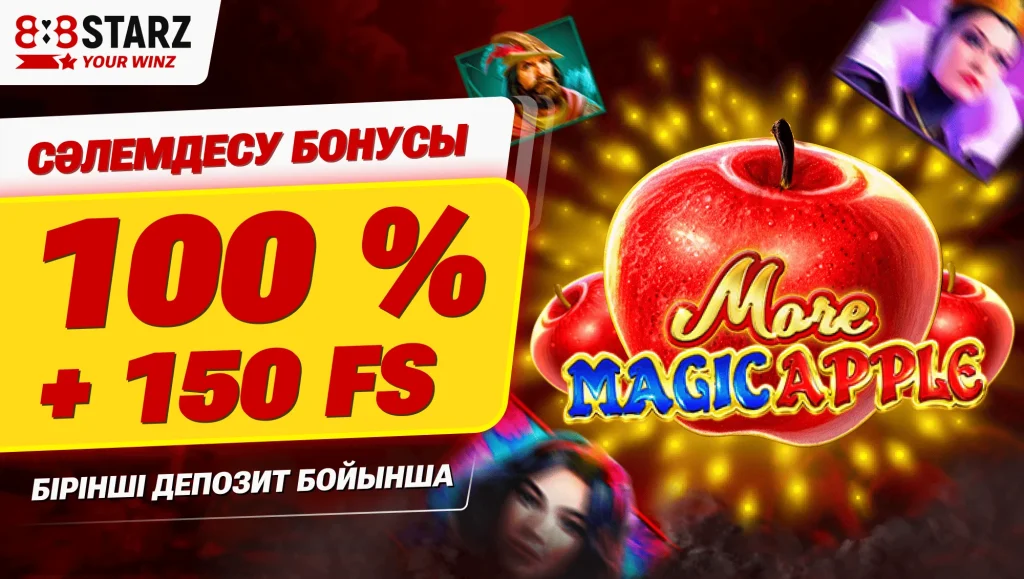
Core requirements for iGaming pre-landers and landings:
- Unified style: The design and messaging must align with the ad — no disconnect;
- Simplicity: Fast load speed, short and clear copy, and a strong call to action;
- Value-focused: Immediately show the benefit of taking the desired action;
- No distractions: The less fluff, the higher your registration and FTD rate;
- Mobile-ready: The majority of gambling traffic comes from smartphones.
Think of your funnel as a chain: Creative → Pre-lander → Landing Page. Each element strengthens the next. If one piece is off-brand or fails to deliver what was promised, your conversion rate takes a hit. Don’t abandon the user after the click — guide them all the way to registration and first deposit.
Conclusion
Affiliate marketing creatives are the backbone of successful ad campaigns for iGaming: they grab the user’s attention and kickstart the sales funnel. For maximum effectiveness, it’s crucial to choose the right format (video or image), follow the AIDA structure, and incorporate proven mechanics — striking visuals, big wins, and gambling triggers.
AI can speed up the making process of ads creatives and tailor them to the target audience, but it requires proper prompt settings, while spy services help discover fresh market ideas. Finally, to convert users into depositors, it’s essential to synchronize your creative with the pre-lander and landing page — these should seamlessly follow through with your offer.
At the final stage, ready-made solutions from professional affiliate programs, such as 888STARZ Partners, become invaluable, helping save time and generate faster profits. Want to truly elevate your results? By closely partnering with us, you’ll gain access to personalized localizations and custom commissions that will unlock the full potential of your traffic. With our high conversion rates, your income will grow with every step. Don’t miss out on the opportunity to work with the best in the market!
Frequently Asked Questions
How can I bypass advertising platform restrictions for iGaming creatives?
Use neutral language instead of directly referencing gambling. For example, say “online entertainment” instead of “casino” or “games” instead of “slots“. If you’re promoting betting offers, avoid explicit mentions of sports betting.
Which creatives perform best at different stages of the funnel?
Here’s a quick breakdown:
Top of the funnel: Attractive offers featuring bonuses and promotions work great.
Middle of the funnel: Show actual gameplay, player reactions, and big wins.
Bottom of the funnel: Use exclusive bonuses and clear calls-to-action (CTAs) to drive conversions.
How often should I refresh creatives for iGaming campaigns?
We recommend updating creatives every two weeks. However, if you notice a drop in conversion rates or shifts in trends, update them more frequently. Keep an eye on seasonality and holidays — timely, relevant creatives tend to perform better.
Which visual elements are most effective in iGaming creatives?
Bold, contrasting colors (red, gold, blue), large win amounts ($5,000, ₹100,000), and familiar visuals like slot machines, fortune wheels, or treasure chests trigger instant associations with luck and rewards. Keep the design simple and clear: minimal text (e.g. “200% bonus”, “500 free spins”), strong visuals, and a clear prize focus. Avoid clutter — you only have a second to grab attention.
How do I localize creatives for different GEOs in affiliate marketing?
Tailor your creatives to fit each region’s culture and preferences. This includes using local celebrities, aligning with national holidays and habits, and adapting language and color schemes to suit local perceptions.




